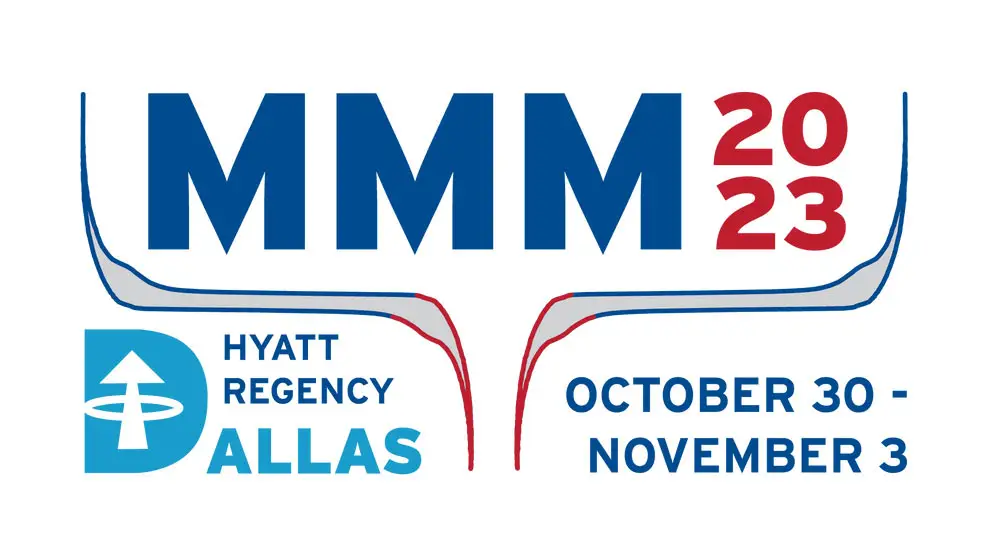AD-02: Vision for Unified Micromagnetic Modelling(UMM)
Hans Fangohr, Martin Lang, Samuel Holt, Swapneel Amit Pathak, Kauser Zulfiqar and Marijan Beg
Oral
01 Nov 2023
There is a growing number of micromagnetic simulation packages available, including OOMMF, mumax3, Boris, magnum.np, Magpar, Nmag, Finmag and others. A scientist or engineer who wants to use one of them, needs to learn how to express the micromagnetic problem of interest in a "language" such as configuration file, script or GUI-clicks that the simulation software understands. This language varies from software to software. If the researchers needs to use another package - perhaps to run the same study on a GPU instead of a CPU - they need to learn a new language to re-express their (unchanged) micromagnetic problem for the next software. We discuss the vision of providing a unified micromagnetic modelling (UMM) interface with which researchers can express the micromagnetic problem once (top third in figure), and from which multiple simulation packages can be instructed automatically to carry out the actual numerical problem solving (middle third in figure). This can be thought of as a compiler that takes a micromagnetic problem description as source and translates the problem description into configuration files for a simulation package (such as mumax3, OOMMF or others) of the users choice. The advantage of such an approach are: (i) As scientists do not need to familiarize themselves with multiple simulation configuration languages, they can more easily use multiple simulation packages. (ii) Being able to easily change the micromagnetic simulator makes it possible to (a) switch from a tool optimized for GPU usage to a CPU-based tool (if, for example, no GPU is present); (b) compare the results computed with different simulation packages; (c) make use of complementary features of the different simulation packages. With recent updates of Ubermag [1,2], we present a prototype of such a framework. Ubermag provides a unified interface (expressed in Python) from which micromagnetic problems can be solved using OOMMF and mumax3. After the simulation has finished, the results are made available to the researcher for analysis within the Python ecosystem of scientific libraries. We discuss the current state of capabilities and possible future developments. We also discuss challenges associated with the proposed approach.References: [1] Marijan Beg, Martin Lang, Hans Fangohr, Ubermag: Towards more effective micromagnetic workflows, IEEE Transactions on Magnetics 58, 7300205 (2021), http://ubermag.github.io/ [2] Marijan Beg, Ryan A. Pepper, Hans Fangohr, User interfaces for computational science: a domain specific language for OOMMF embedded in Python, AIP Advances 7, 056025 (2017)



